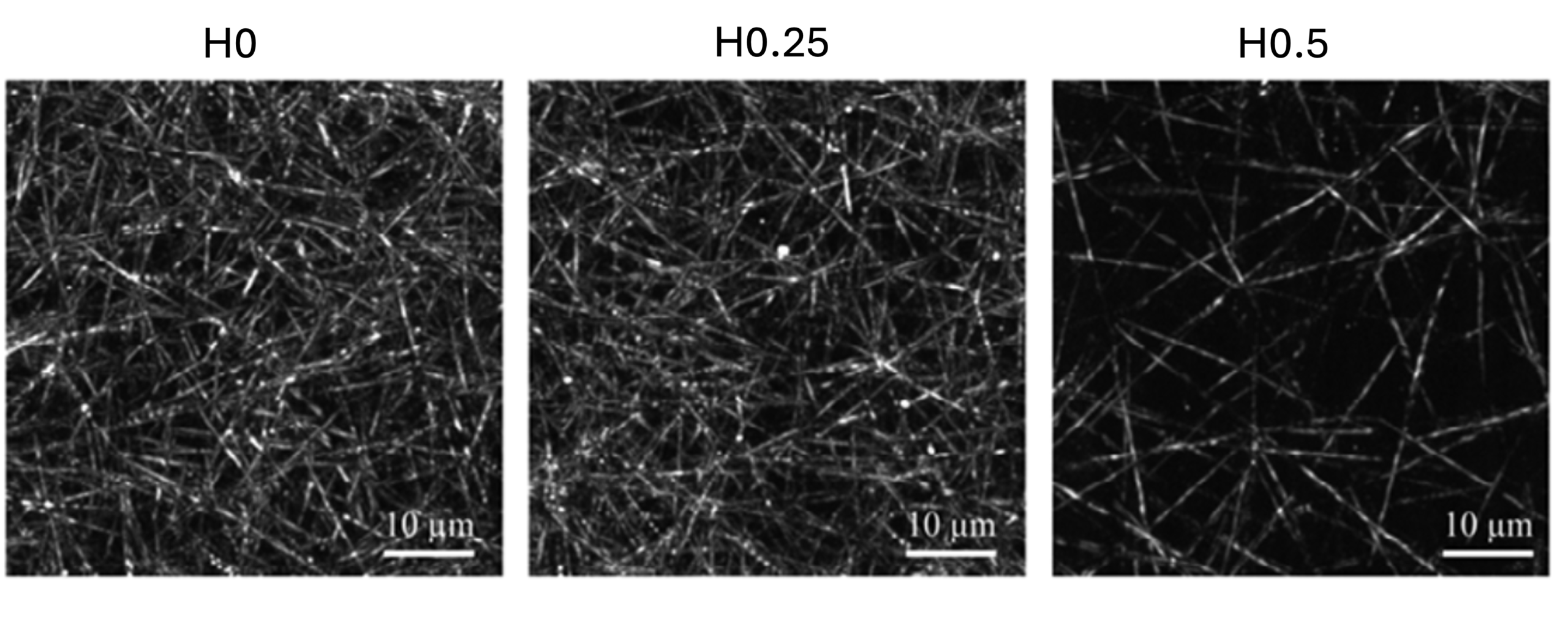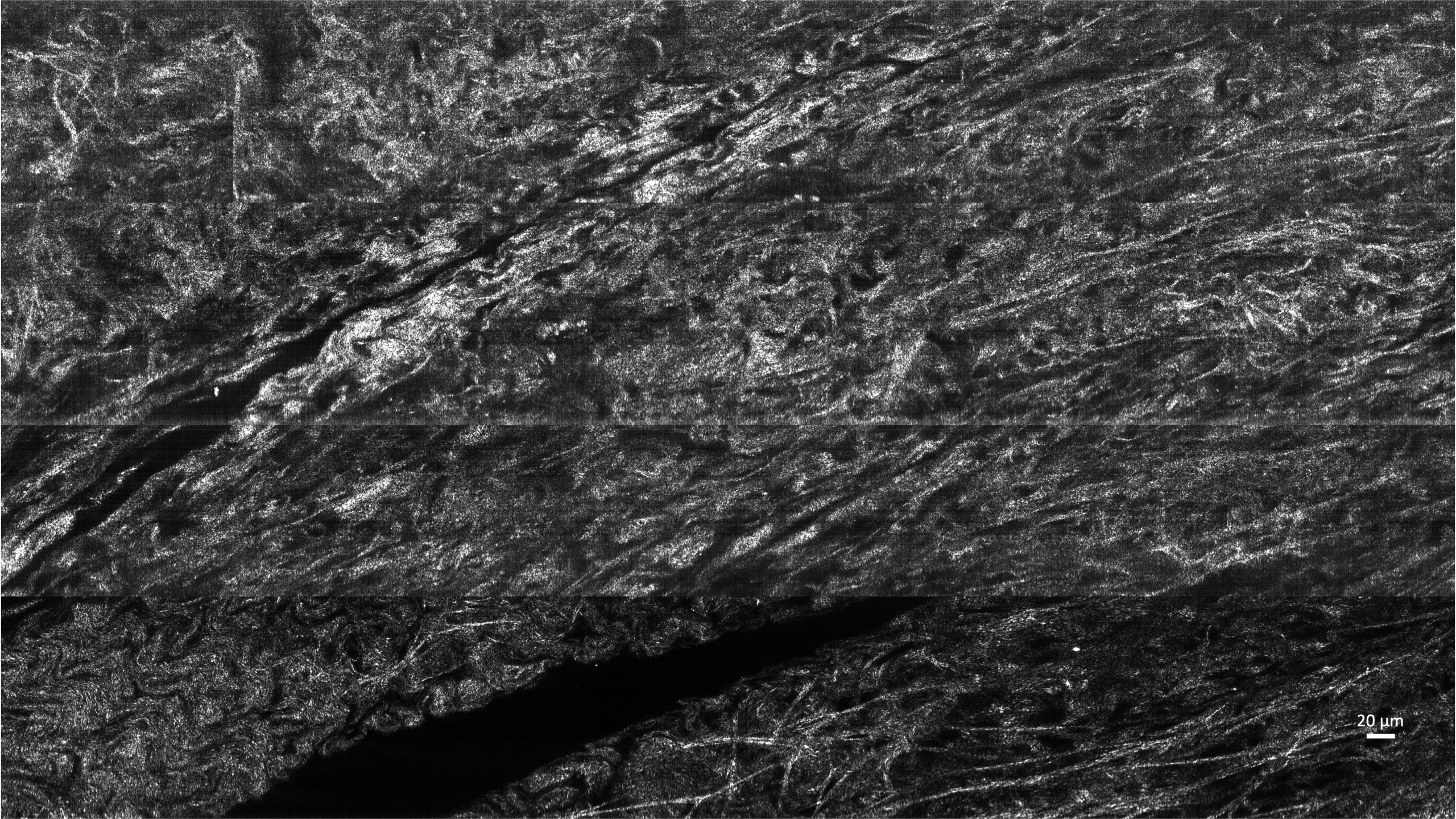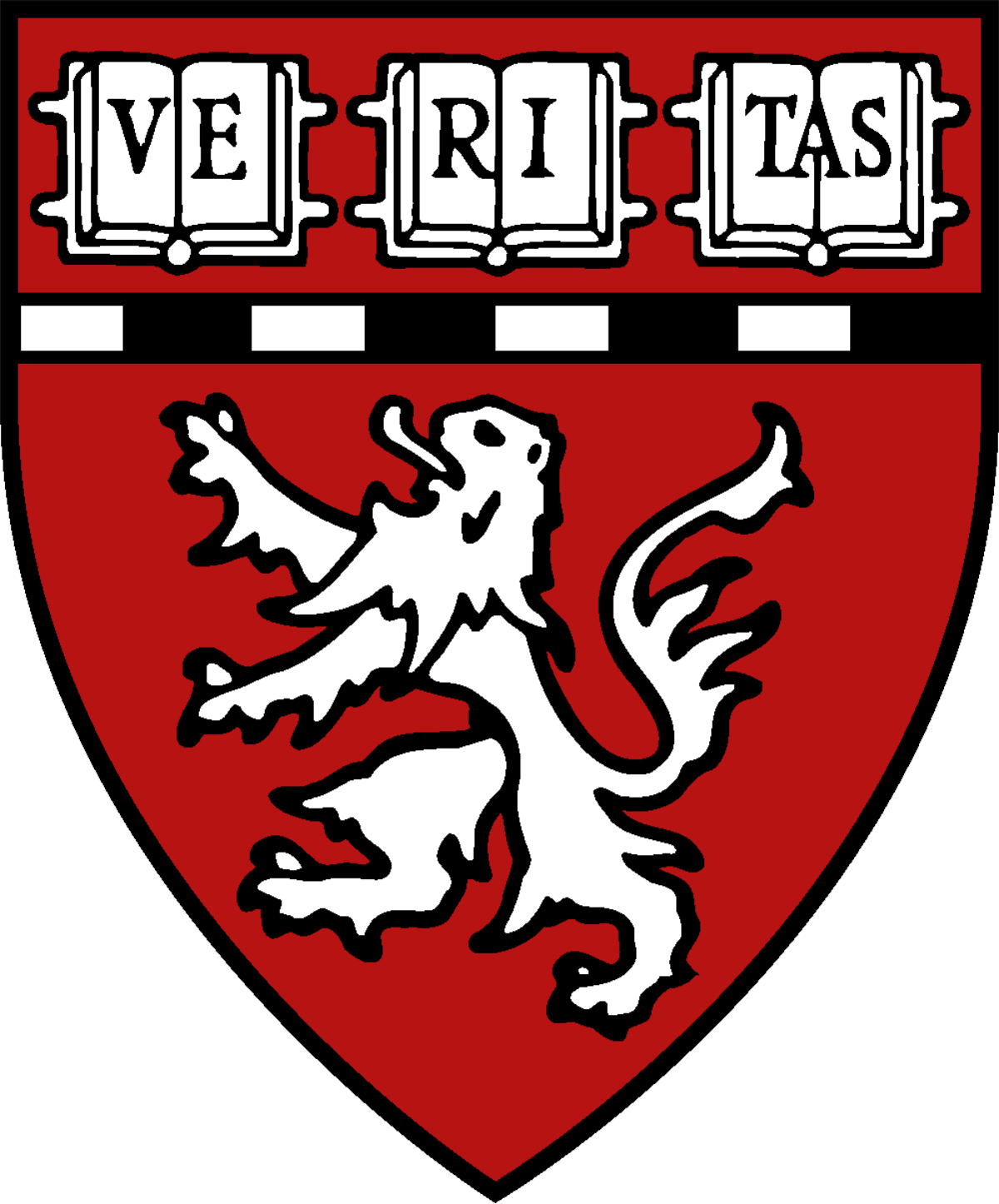ECM Microstructure and Biomechanics

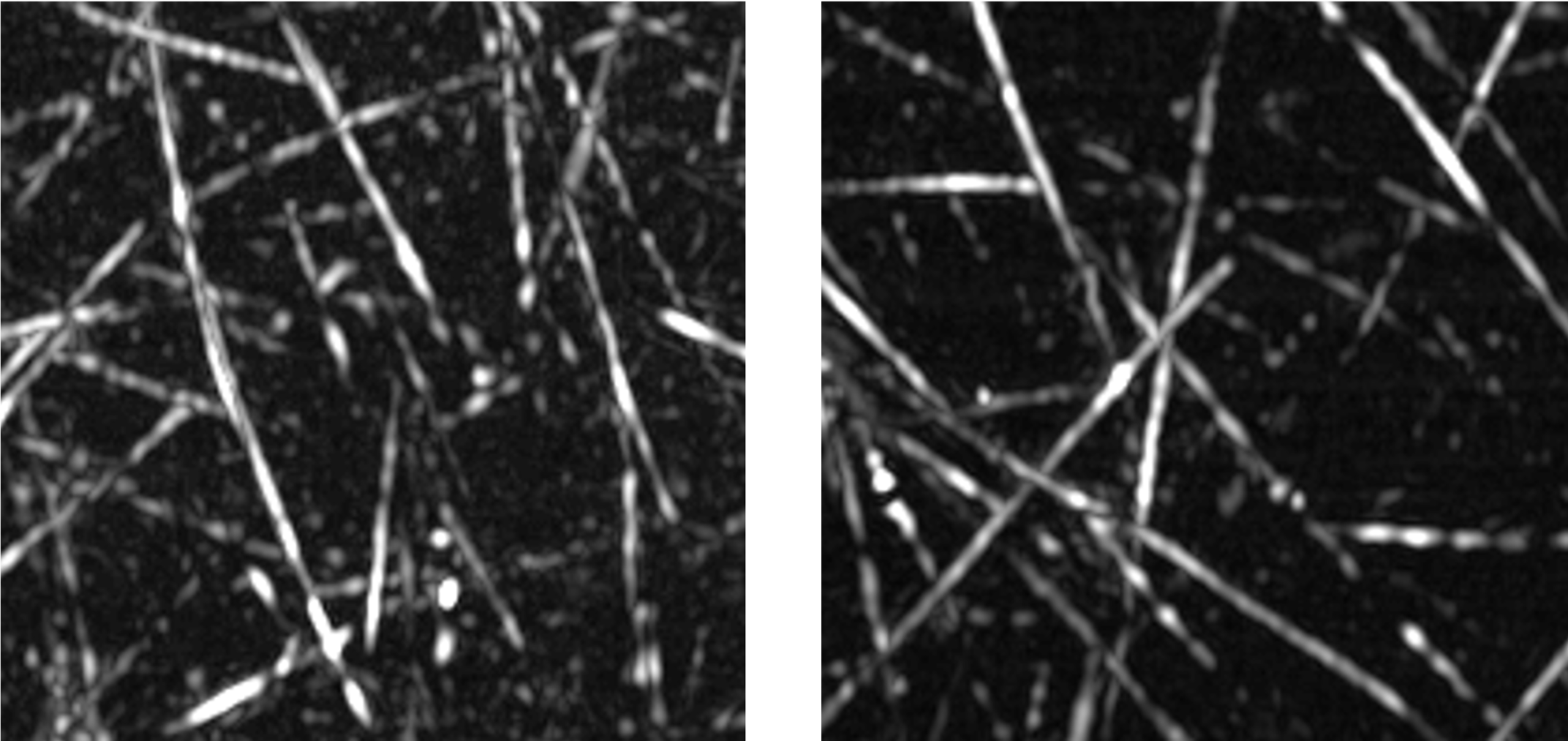
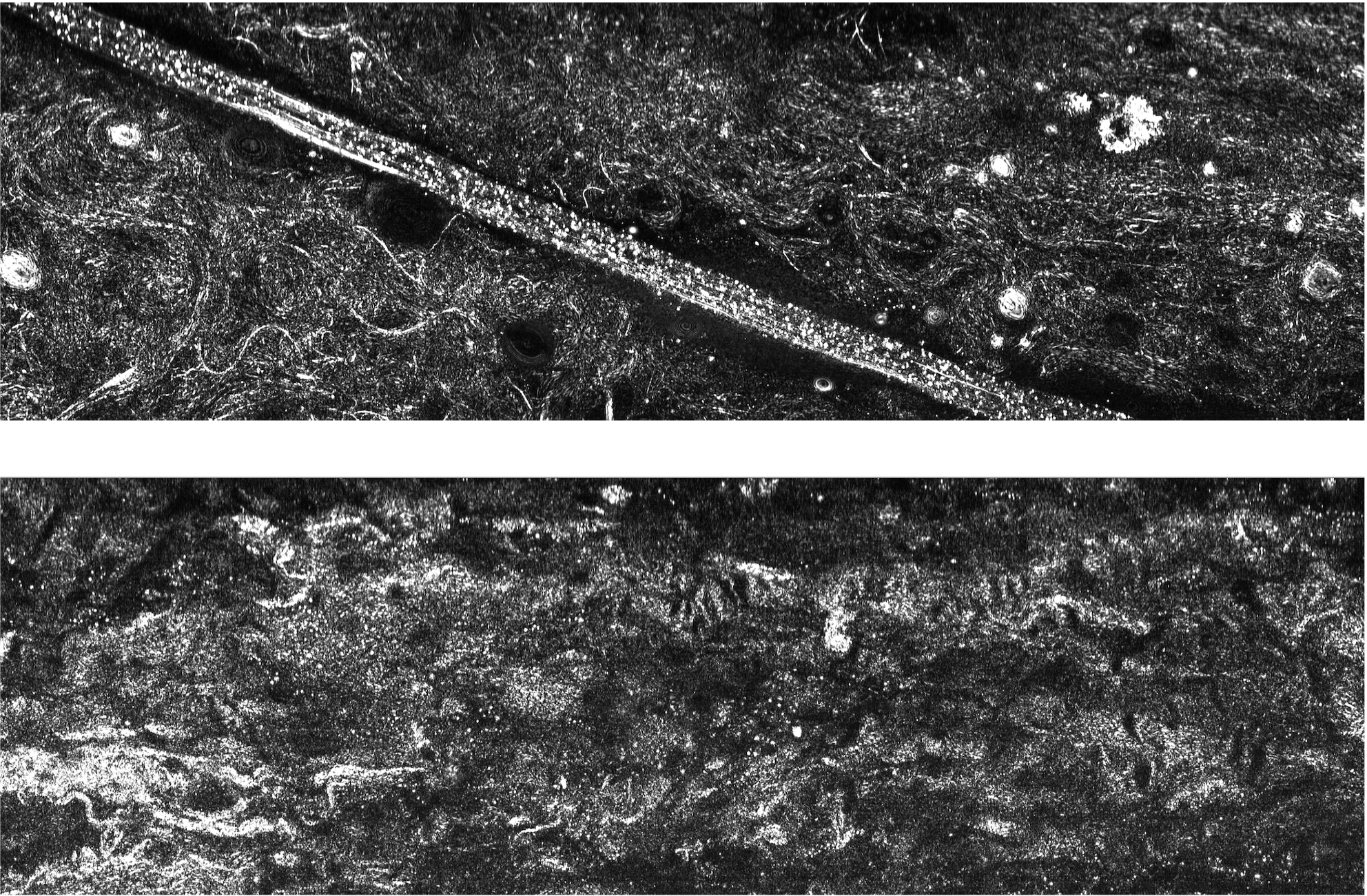
The extracellular matrix (ECM) is a complex structure that provides structural support to cells and is involved in the pathology of most diseases in the human body. The ECM is made of fibrous proteins and proteoglycans that interact with each other and with neighboring cells to generate mechanical signals that maintain tissue homeostasis. These interactions are important for identifying disease biomarkers and developing personalized therapeutic interventions.
Fibrin polymerization visualized across 2mm field of view that highlights different clotting times in the different imaged areas. Plots show temporal evolution of the structural parameters being extracted with our approach.
Our lab developed a framework to track fibrin fibers as they form in plasma clot and to assess the fibrin network integrity based on single-fiber scale structural properties. By enabling rapid imaging from ultra-wide field of view, our spectrally encoded confocal microscope (SECM)-based approach can decompose the heterogenous structure of the fibrin mesh, and expand our understanding of the mechanism that transforms fibrinogen to fibrin fibers.
